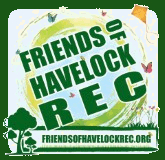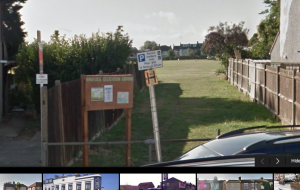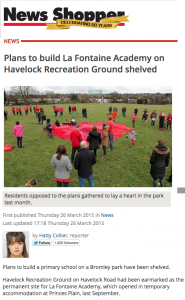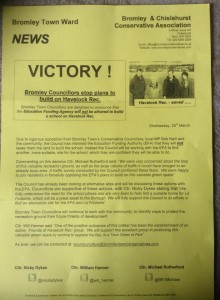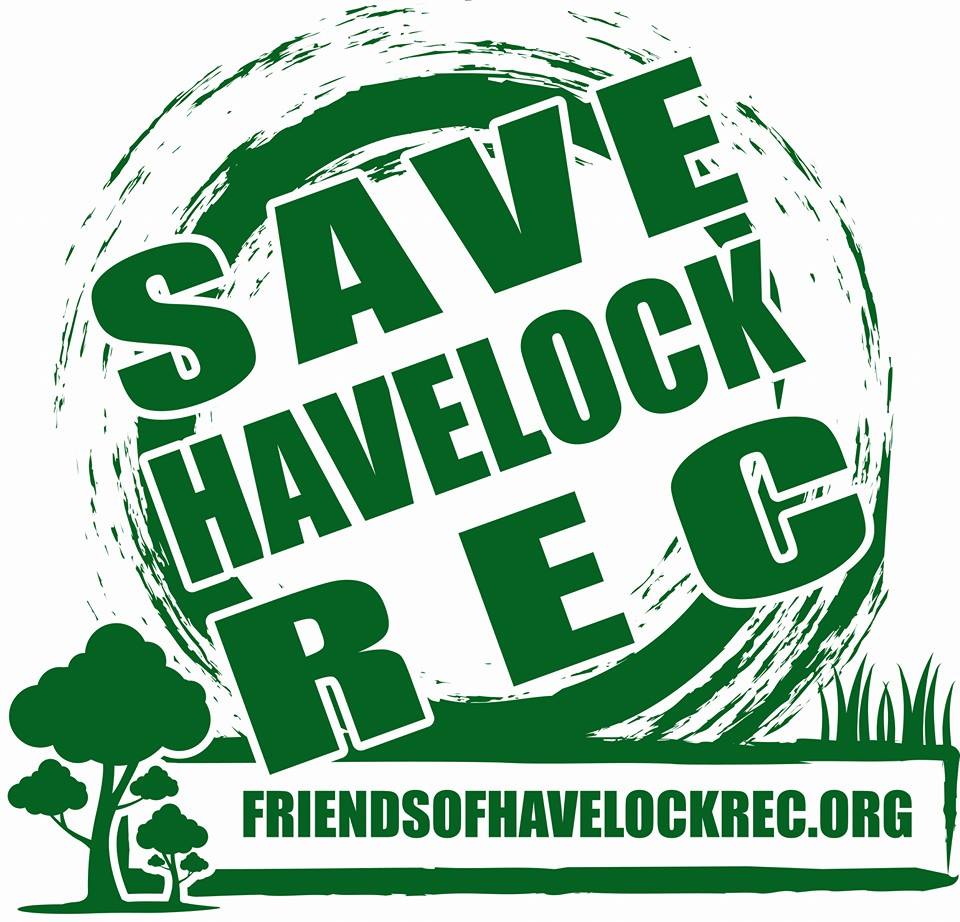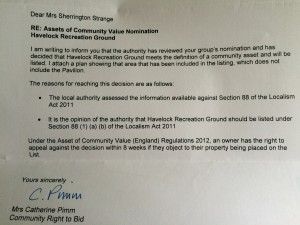
We are very proud to announce that Havelock Recreation ground has been added to the List of Assets of Community Value!
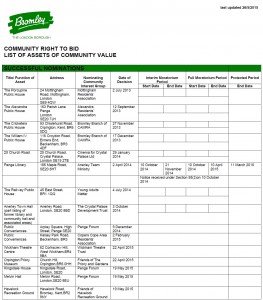
Only 15 places have been successfully registered in the London Borough of Bromley (see the photo of the other places) since the Localism Act came into effect in 2012.
The Localism Act required councils to keep a List of Assets of Community Value, and it also gave the Community Right to Bid; it means that when listed land is disposed of, the community has the right to a ‘moratorium period’ (seems to be six months) to decide if they want to bid for their asset. Importantly for us, it also demonstrates to government bodies and potential developers, the strength of local feeling about this park.

(a montage of photos from our recent Big Lunch event)
What the internet says about the Community Asset Register, the Community Right to Bid, under the Localism Act.:
Community Right to Bid and the Community Asset Register
As part of the Localism Act local authorities are required to maintain a list of assets of community value which have been nominated by the local community.
A building or land is an asset of community value if its main use is to further the social wellbeing or interests of a local community for example a local village shop, community centre or playing fields.
Community right to bid
The Community right to bid came into force in September 2012. The Community right-to-bid allows communities to nominate buildings and land that they consider to be of value to the community, to be included on a local authority maintained list. If any of the assets on the register are put up for sale, the community is given a window of opportunity to express an interest in purchasing the asset, and another window of opportunity to bid. from: https://www.gov.uk/government/uploads/system/uploads/attachment_data/file/5959/1896534.pdf
The Community Right to Bid allows communities and parish councils to nominate buildings or land for listing by the local authority as an asset of community value. An asset can be listed if its principal use furthers (or has recently furthered) their community’s social well-being or social interests (which include cultural, sporting or recreational interests) and is likely to do so in the future. When a listed asset comes to be sold, a moratorium on the sale (of up to six months) may be invoked, providing local community groups with a better chance to raise finance, develop a business and to make a bid to buy the asset on the open market. from: http://mycommunity.org.uk/wp-content/uploads/2015/03/LOCALITY-BID_UNDERSTANDING.pdf
How the Community Right to Bid will work
The Legislation
How the Community Right to Bid works is set out in the Localism Act and Regulations: With the Community Right to Bid, Local Authorities must keep a ‘List of Assets of Community Value’; the legislation sets out in detail the process they must enter into and what information they must include. The legislation also outlines the definition of an asset of community value, what groups can legitimately nominate, the appeals process for land owners, timescales for groups interested in buying land or property on the list, and compensation available to the owners of land or property on the list.
What is an Asset of Community Value?
A building or other land is an asset of community value if its main use has recently been or is presently used to further the social wellbeing or social interests of the local community and could do so in the future. The Localism Act states that “social interests” include cultural, recreational and sporting interests. The regulations list a number of situations where land or buildings are exempted from inclusion on the list or operation of the moratorium. These include homes, hotels, assets being transferred between kindred businesses, and Church of England land holdings.
Who can nominate Assets of Community Value
A number of community organisations can nominate land and buildings for inclusion on the list: parish councils, neighbourhood forums (as defined in Neighbourhood Planning regulations), unconstituted community groups of at least 21 members, not-for-private-profit organisations (e.g. charities). Community organisations also have to have a local connection, which means their activities are wholly or partly concerned with the area, or with a neighbouring authority’s area.
Moratorium Periods
The Community Right to Bid does not give the right of first refusal to community organisations to buy an asset that they successfully nominate for inclusion on the local authority’s list. What it does do is give time for them to put together the funding necessary to bid to buy the asset on the open market. If an owner wants to sell property/land that is on the list, they must tell the local authority. If the nominating body is keen to develop a bid, they can then call for the local authority to trigger a moratorium period, during which time the owner cannot proceed to sell the asset. There are two moratorium periods. Both start from the date the owner of the asset tells the local authority of their intention to sell. The first is the interim moratorium period, which is 6 weeks, during which time a community organisation can decide if they want to be considered as a potential bidder. The other is a full moratorium period, which is six months, during which a community organisation can develop a proposal and raise the money required to bid to buy the asset. The regulations list some situations where the Moratorium will not be applied, even when it is an Asset of Community Value on the list. These exceptions include the sale of assets from one partner or another (for example in a divorce).
Funding
In August 2012, the government announced grant funding which community organisations can apply for in order to make use of the Community Right to Bid or Community Asset Transfer. The Social Investment Business is managing the £16 million grants programme ‘Community Ownership and Management of Assets’ on behalf of the Department for Communities and Local Government.
